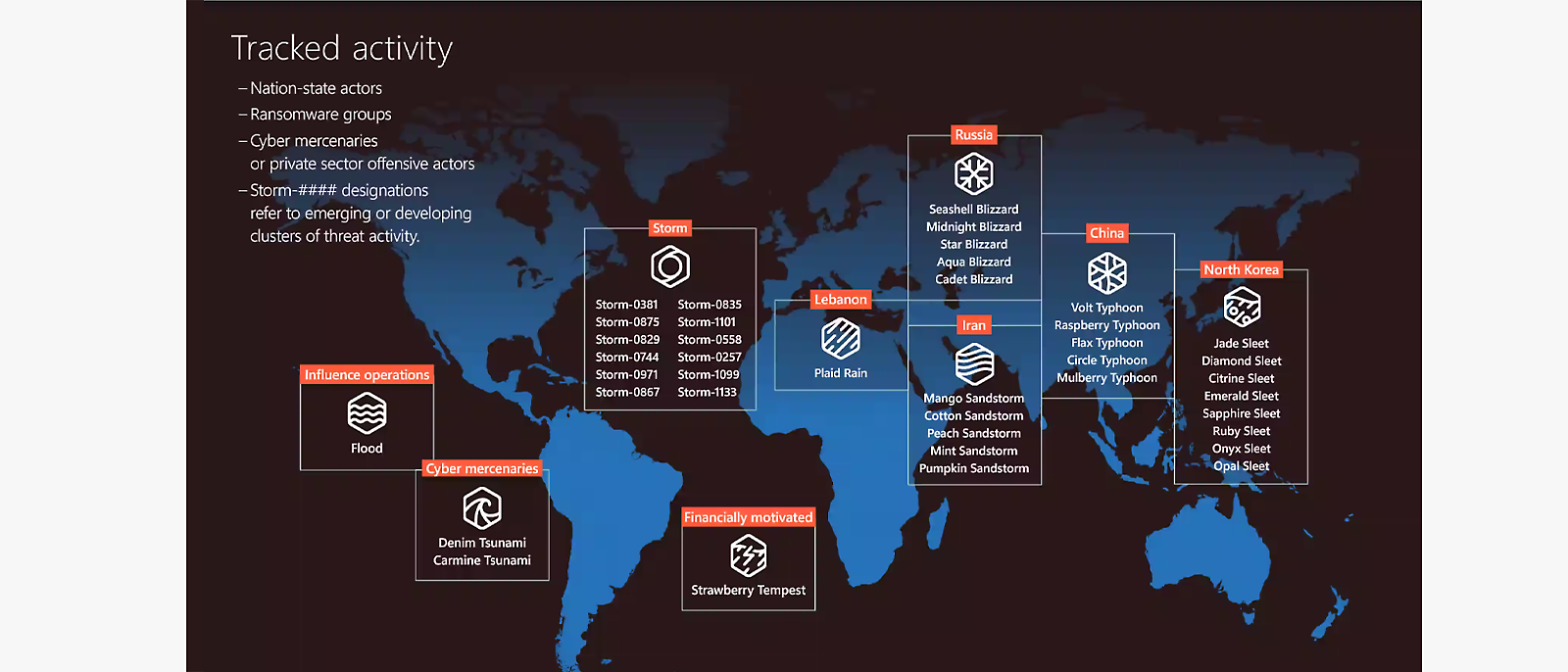How we’re building and improving Cyber Resilience
Welcome to the Microsoft Digital Defense Report. As the digital domain continues to evolve, defenders around the world are innovating and collaborating more closely than ever. In this fourth annual edition of the report we share actionable steps and valuable insights from what we’re seeing for the reporting period from July 2022 through June 2023.














Follow Microsoft